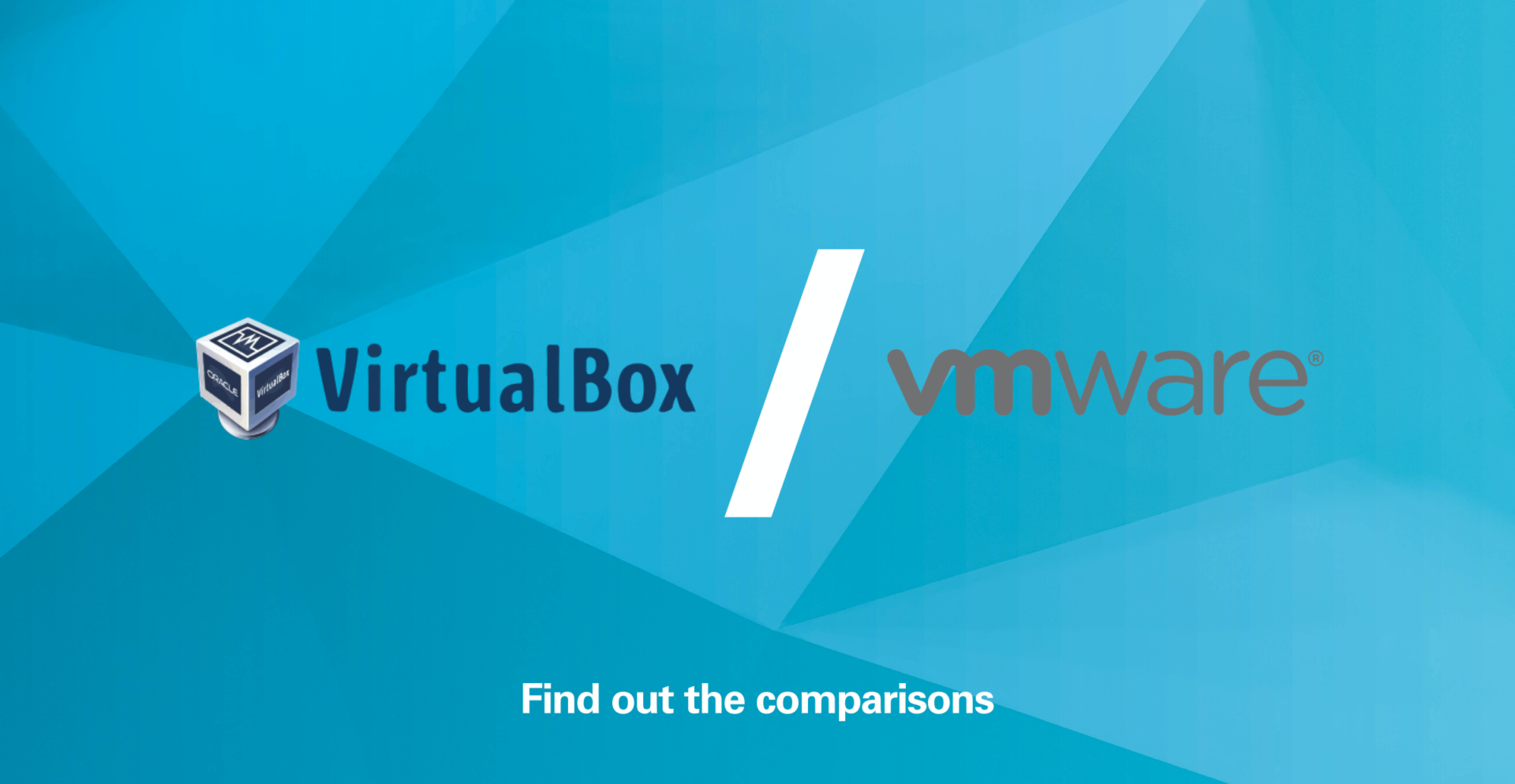

VirtualBox added support for touchscreens back in 4.3, but doesn’t yet support other mobile-hardware features. For instance, VMware Workstation 10 added support for orientation sensors, provided they’re present on the host (that is, the Microsoft Surface Pro) - useful for testing applications on tablet hardware. VMware Workstation has long held the lead in terms of support for host hardware, and these additions do little to change that. (VMware Workstation has supported USB 3.0 since version 9.)
#Virtualbox vs vmware full
Guests can directly attach to and work with USB 3.0 devices found on the host and operate with them at full 3.0 speed. Yet another new and longed-for hardware addition is USB 3.0 support. Oracle notes that “the current paravirtualization functionality is mostly improving timekeeping (cheaper TSC access)” and “a small improvement can be expected but wouldn't be significant." In other words, don’t expect much - and in most cases, you'll want to let VirtualBox automatically figure out which paravirtualization mode to use for best results anyway.Īnother new feature, in roughly the same vein, is broader support for which CPU instructions can be used by the guest, bringing improved performance to applications that rely on floating point, encryption, and random number operations.
#Virtualbox vs vmware windows 7
Running in a Windows 7 guest, emulating four cores and 4GB of RAM on an Intel Core i7-3770K CPU, PassMark Performance Test 8.0 generated between 1,270 and 1,460 for the overall score depending on the paravirtualization mode used. How much of a performance boost comes from this feature? A modest one, from the looks of it. The user can choose which paravirtualization interface to go with for a given VM (such as Hyper-V or KVM) or allow VirtualBox to decide automatically. The good news is that the major OSes - Windows, Linux, and FreeBSD, for instance - can all do this.

Paravirtualization allows guest OSes to perform certain actions directly on the host hardware through an API exposed on the host, although the guest needs to be paravirtualization-aware for this to work. VirtualBox 5.0 adds paravirtualization support for Windows and Linux guests. That isn’t to say performance improvement wasn’t on the agenda at all. With version 5.0, the new features are mainly aimed at making day-to-day work a little smoother.
#Virtualbox vs vmware free
VirtualBox has generally distinguished itself as the free alternative to VMware Workstation, even if its feature roster wasn’t as full or its performance as snappy as that of its commercial competitor. How high has the bar been raised? High enough to keep VirtualBox competitive at the low end of the VMware Workstation market, although not enough to make it a one-to-one substitute for users wanting Workstation-level performance. With version 5.0, VirtualBox closes some of the gaps. In short, VirtualBox and Workstation are the most capable ways to run virtual machines on the desktop. Both support linked clones, which base copies of VMs on snapshots to save disk space. Both let you take as many snapshots of VMs as you can store, and they give you a graphical timeline to navigate among them. (VirtualBox also runs on OS X, whereas VMware offers Fusion for Macs.) Both VirtualBox and Workstation let you create large VMs and complex virtual networks. Both run on Windows or Linux hosts, and both support a broad range of Windows, Linux, and Unix guests. For the price, Workstation has generally led in features and performance, while also providing close integrations with the rest of the VMware virtualization line.įundamentally, though, the two products are quite similar.

VirtualBox occupies the “free and open source” corner of the ring, while VMware Workstation is a proprietary commercial application. Oracle VirtualBox and VMware Workstation have been duking it out for several years now.


 0 kommentar(er)
0 kommentar(er)
